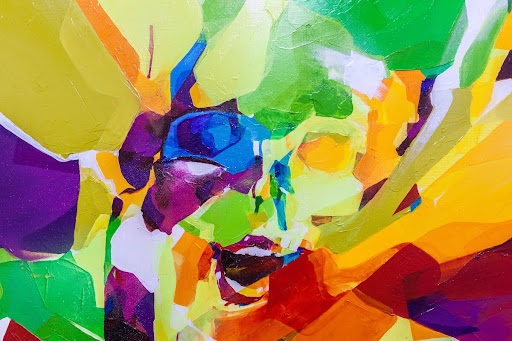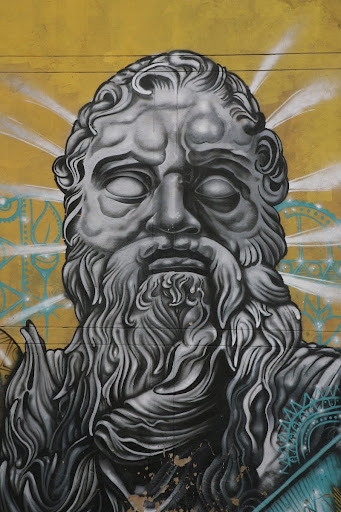
Partnering with Nuart: A Story of Residency and Innovation
In 2019, Nuart, in collaboration with Venice’s Arte Laguna Prize, granted an art residency during its festival to Jad El Khoury, a Lebanese interior architect and street artist. El Khoury’s artistic journey amalgamates his expertise in interior architecture with street art, creating compelling installations that resonate with deeper societal themes.
The Project: From Beirut to Stavanger
El Khoury’s “Curtains of Hope” stands as a powerful site-specific installation that is a continuation of his earlier project, “Burj el Hawa” (The Tower of Wind). The initial project involved breathing life into an abandoned building in downtown Beirut by using fabric and wind to animate the desolate space. The fabric initially employed in Beirut was repurposed for the Stavanger installation, symbolizing a continuation of his narrative and artistic expression.
Themes of Memory and Healing
El Khoury’s artistic perspective has been profoundly shaped by his direct experience with the enduring effects of conflict and war. Through his gentle yet poignant artistic approach, he delves into concepts of memory and healing, exploring how art can serve as a catalyst for hope and recovery, evoking emotions and sparking introspection.
Medium and Representation
Employing textiles and mixed-media techniques, El Khoury’s installations bring together diverse elements to create a progressive and abstract representation. His work doesn’t merely adorn walls; it transforms and interacts with the spaces, compelling viewers to contemplate the messages conveyed through his unique blend of art and social commentary.
Conclusion
Jad El Khoury’s artistry transcends the conventional boundaries of street art, merging his expertise in interior architecture with a profound social conscience. His installations, including the “Curtains of Hope,” not only breathe life into spaces but also prompt reflection, engaging audiences in dialogue about memory, healing, and the transformative power of art in societal narratives.

I am a mural enthusiast and a fervent admirer of street art. Rather than creating murals myself, I am passionate about collecting them. My love for street art knows no bounds. I am dedicated to curating and cherishing these artworks that grace the streets. My collection stands as a testament to my profound appreciation for this form of artistic expression.
read about me



